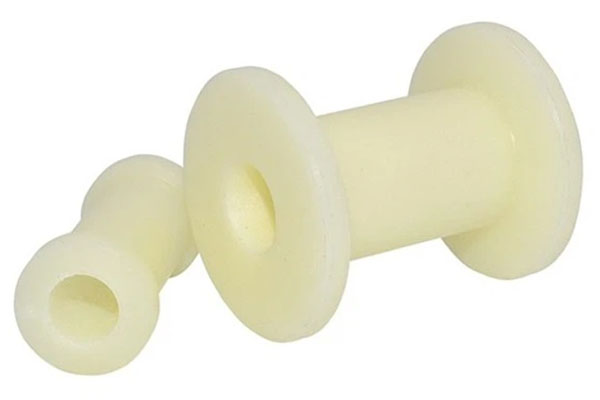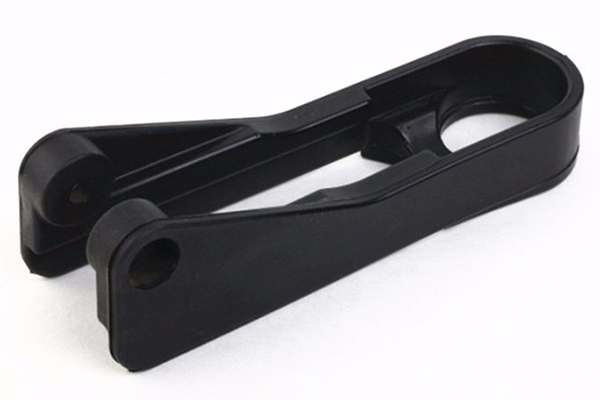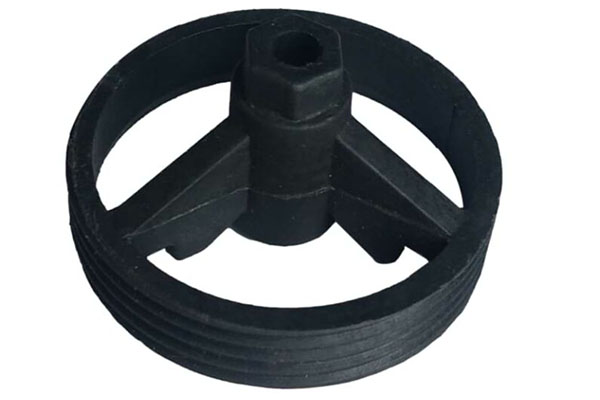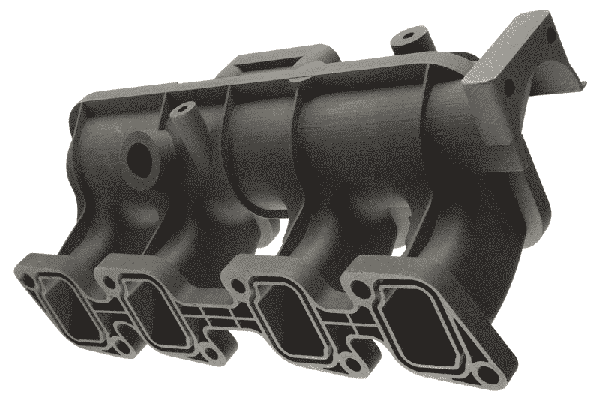Nylon (PA) Plastic Parts Materials
Did you know that nylon, a kind of plastic, actually comes from crude oil? Even though it goes through a pretty intense chemical process before being used in making plastic parts, nylon is super tough. Here are some cool things about it:
- It's really strong and doesn't break easily.
- It can handle high temperatures without melting.
- It stands up well to lots of wear and tear.
- It resists chemicals.
- It's pretty light for its strength.
Because of these great qualities, nylon is used to make a lot of different things like:
- Packaging materials
- Plastic fasteners
- Cookware
- Toothbrushes
- Gears
- Plastic bearings
- Bushings
- Engine components
So, while many people think of nylon as just a simple material, it actually plays a big role in making a wide variety of products. Nylon is one of the most common materials used in creating plastic parts.
Nylon (PA) Plastic Parts Making Service
Be good at product structure optimization and greatly reduce the cost of Plastic Parts Materials

Plastic Design
Appearance and structural design

Mold Making
Design, DFM confirmation

Product Production
Imported, high-speed equipment

Product Assembly
Incoming materials, inspection and assembly
The Advantages and Limitations of Nylon PA Plastic Parts Materials: Properties, Applications, and Considerations
Plastic parts made from Nylon (PA) are really popular in many industries because they have some great features. Nylon is strong and lasts long, which makes it perfect for making durable items. In this article, we'll talk about the good and not-so-good things about Nylon PA plastic parts.
Properties of Nylon PA Plastic Parts
Nylon PA plastic parts have some awesome properties:
- Strong and Durable: Nylon is tough and can handle a lot of stress without breaking.
- Chemical Resistance: It doesn’t get damaged by oils, greases, or other chemicals.
- Low Friction: Nylon has a smooth surface, so it’s great for parts that need to move easily.
- Stays in Shape: Even when it gets hot or wet, Nylon keeps its shape.
Advantages of Nylon PA Plastic Parts
Here are some benefits of using Nylon PA plastic parts:
- Very Strong: Nylon can take a beating and keep going.
- Chemical Resistant: Perfect for parts that will be exposed to harsh chemicals.
- Smooth Operation: Low friction means parts move smoothly.
- Wear Resistant: Nylon parts don’t wear out quickly, even with lots of use.
Uses of Nylon PA Plastic Parts
Nylon PA plastic parts are used in lots of different areas:
- Automotive: Used for making car parts like engine components and fuel system parts.
- Consumer Goods: You'll find Nylon in things like toothbrushes, kitchen utensils, and toys.
- Electrical: Great for wire insulation, cable ties, and connectors.
- Industrial: Used in gears, bearings, and rollers.
Limitations of Nylon PA Plastic Parts
However, Nylon PA plastic parts do have some drawbacks:
- Absorbs Moisture: Nylon can swell up if it gets too wet.
- Limited Colors: Not many color options available.
- Not UV Resistant: Can break down when exposed to sunlight.
In summary, Nylon PA plastic parts are great for many uses but have some limitations like moisture absorption, limited color choices, and lack of UV resistance. If you're thinking about using Nylon PA for your project, it’s a good idea to talk to a reliable manufacturer to make sure it fits your needs.